New Horizons
New Horizons is a NASA space probe launched to study the dwarf planet Pluto, its moons and one or two other Kuiper belt objects, depending on which are in position to be explored.
Here are some Interesting Facts that you must know about ‘New Horizons’:
1. New Horizons was launched on January 19, 2006 from Cape Canaveral, directly into an Earth-and-solar-escape trajectory with an Earth-relative speed of about 16.26 kilometers per second. It set the record for the highest launch speed of a human-made object from Earth. New Horizons should perform a flyby of the Pluto system on July 14, 2015.
Here is the image of New Horizons passing Jupiter:
2. New Horizons is the first mission in NASA’s New Frontiers mission category, larger and more expensive than the Discovery missions but smaller than the Flagship Program. The cost of the mission is approximately $650 million over 15 years (2001–2016).
Here is the image of jupiter:
A composite image of jupiter and Io taken on 28th february and 1st march 2007.Jupiter is shown in Infrared while Io is shown in true color.
3. The spacecraft was built primarily by Southwest Research Institute (SwRI) and the Johns Hopkins Applied Physics Laboratory. The mission’s principal investigator is Alan Stern of the Southwest Research Institute (formerly NASA Associate Administrator).
LORRI images of Jupiter’s Rings.The top image was taken on Approach to Jupiter while the bottom image was taken on departure illuminated by the sun.
4. The spacecraft carries two computer systems, the Command and Data Handling system and the Guidance and Control processor.The spacecraft carries seven scientific instruments. Total mass is 31 kg (68 lb) and rated power is 21 watts.
Here is the image of New Horizon:
5. The Primary objectives are:
- Characterize the global geology and morphology of Pluto and Charon
- Map chemical compositions of Pluto and Charon surfaces
- Characterize the neutral (non-ionized) atmosphere of Pluto and its escape rate
Loss of any of these objectives will constitute a failure of the mission.


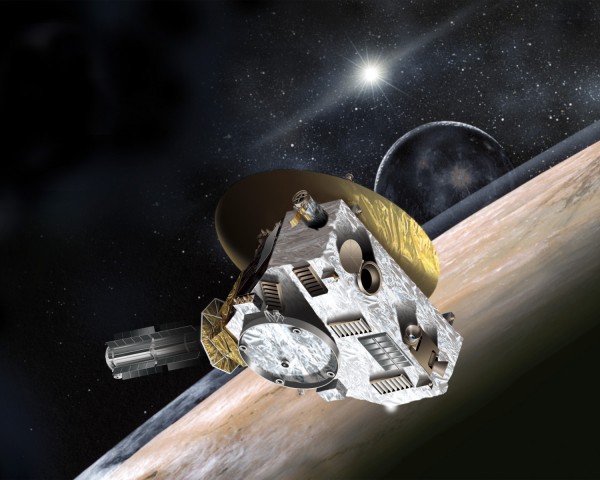
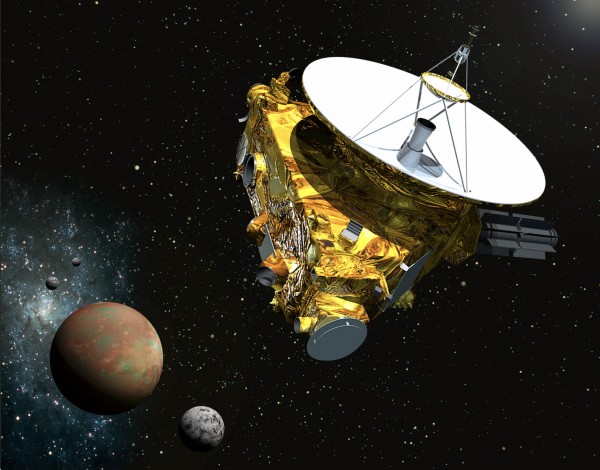
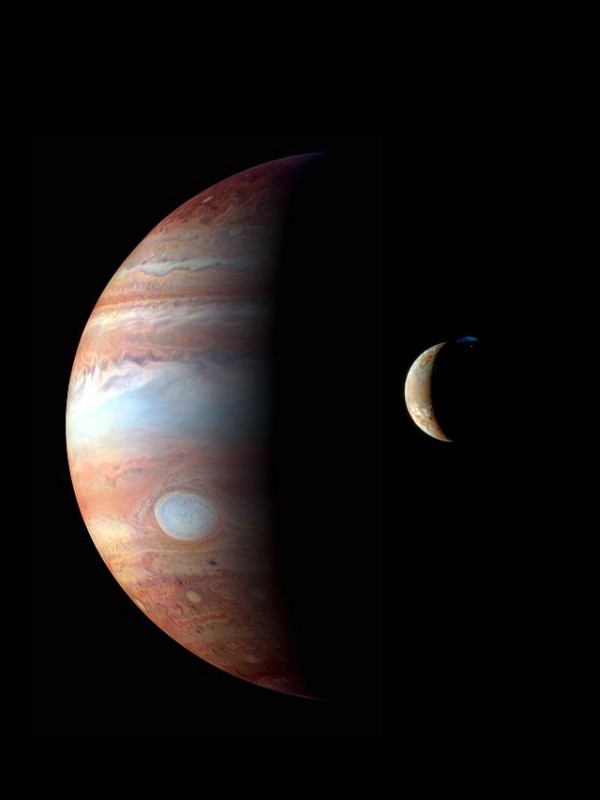
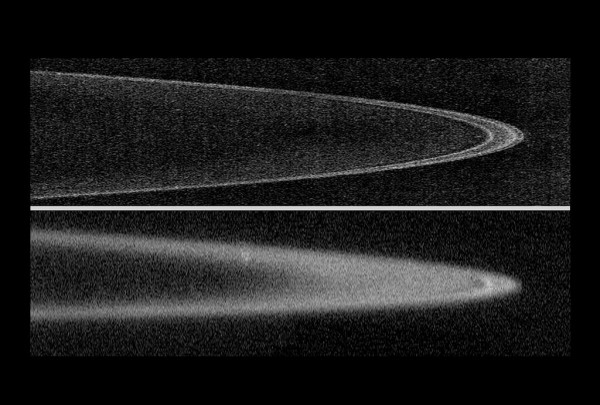
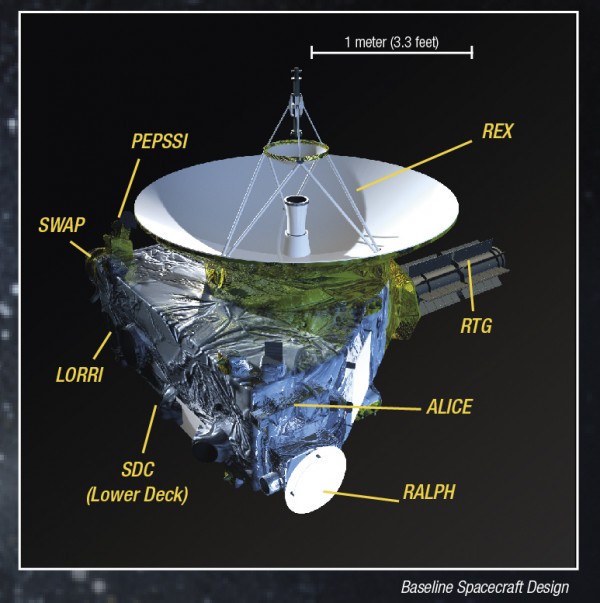
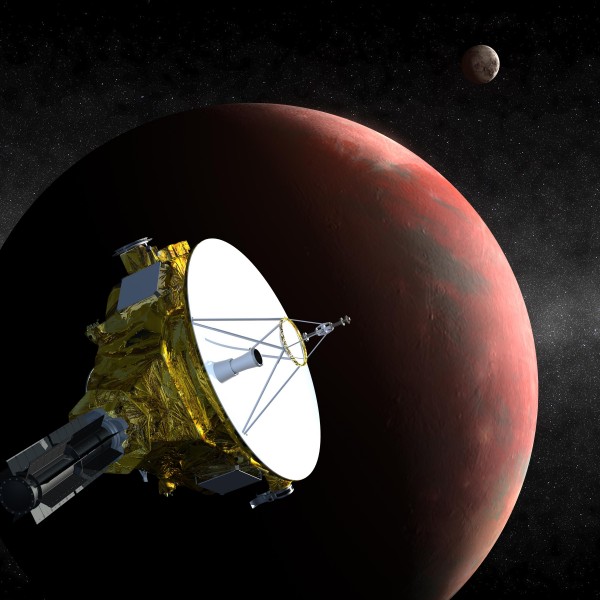

2 Comments